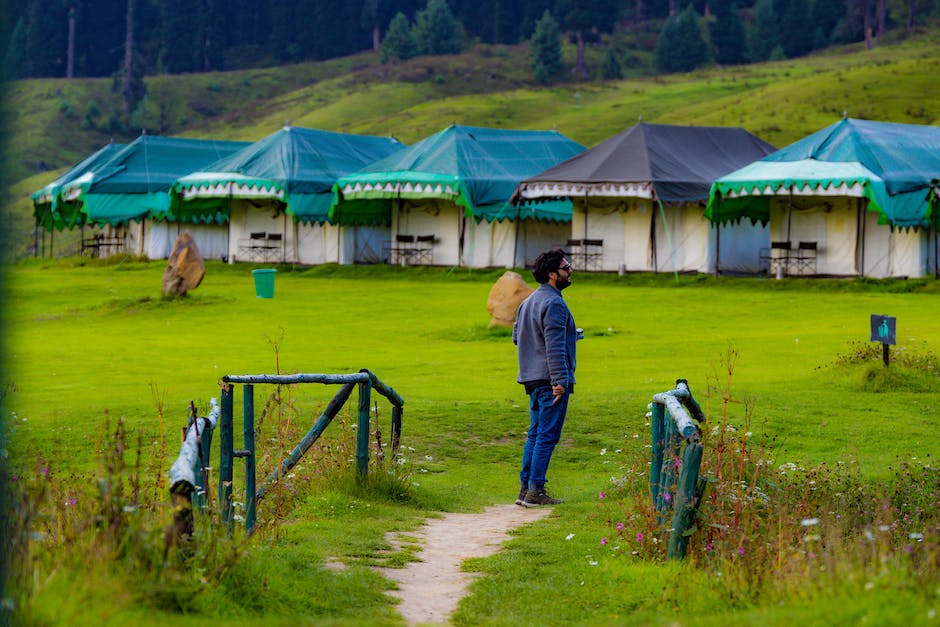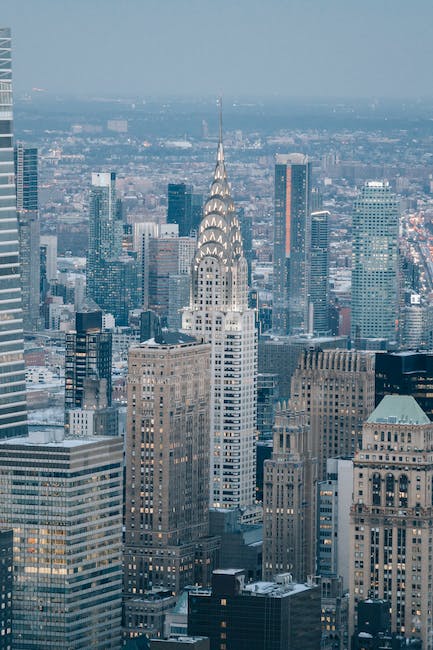
Contents
What role do urbanization and land use change play in the spread of malaria?
Malaria is a potentially deadly infectious disease caused by parasitic single-celled organisms that are spread through the bites of infected mosquitoes. Unfortunately, deforestation and urbanization have made us more vulnerable to this global health threat. In this article, we’ll explore how deforestation and urbanization impact malaria vulnerability and how we can protect ourselves in an ever-changing environment.
What is Malaria?
Malaria is a mosquito-borne infectious disease that is characterized by fever, chills and flu-like symptoms. It is caused by a parasite, Plasmodium, which attacks red blood cells and ultimately invades the liver, where it multiplies before being released into the bloodstream. It is estimated that over 400,000 people die of malaria each year and many millions more are affected by the disease.
How Does Deforestation Increase Malaria Vulnerability?
Deforestation poses a significant risk to the fight against malaria by creating an environment that is more conducive to its spread. As trees are cleared, the habitats of certain species of mosquitoes, known as malaria vectors, can expand exponentially. These mosquitoes are found mainly in open areas with standing water, and deforestation offers an ideal habitat for them to breed and thrive. In addition, deforestation can disrupt natural water flows and cause run-off, contributing to the accumulation of standing water and further promoting the spread of malaria.
How Does Urbanization Increase Malaria Vulnerability?
Urbanization is similarly associated with the increased vulnerability to malaria. Urban areas can be overcrowded, which can lead to poor housing conditions. Houses in overcrowded urban areas often lack screens or mosquito netting, creating an ideal environment for mosquitoes to breed and spread malaria. In addition, urban areas often lack sufficient sanitation infrastructure, leading to the accumulation of standing water, further facilitating the growth of mosquito populations.
Protecting Ourselves Against Malaria in a Changing Environment
As our environment continues to change, the fight against malaria is increasingly challenging. Fortunately, we can take steps to protect ourselves and reduce the risk of malaria in a changing environment.
Use Insect Repellent
We can use insect repellent to reduce the risk of mosquito bites and the spread of malaria. Repellents containing DEET, oil of lemon eucalyptus, or picaridin are the most effective at repelling mosquitoes and provide the most protection.
Use Protective Clothing
Wearing protective clothing, like long pants and long sleeves, is also a great way to protect against mosquito bites. Similarly, using bed nets while sleeping can also provide an effective barrier against malaria-carrying mosquitoes.
Monitor Urban Areas
Urban areas should also be monitored for any signs of standing water, which can act as breeding grounds for malaria-carrying mosquitoes. If standing water is found, it should be cleared away quickly and replaced with permanent drainage or treated with appropriate medication to prevent the spread of malaria.
Conclusion
Malaria is a global health threat that affects hundreds of thousands of people each year. Unfortunately, deforestation and urbanization have created an environment where mosquitoes can more easily spread the disease. However, we can take action to protect ourselves and reduce our vulnerability to malaria in a changing environment. Through the use of insect repellent, protective clothing and monitoring urban areas, we can reduce the risk of contracting malaria and make our environment safer for everyone.
